Do you have a question about the Samsung CLX-3160FN and is the answer not in the manual?
Essential safety warnings for service personnel and users regarding high voltages and lasers.
Guidelines for safe handling, assembly, and disassembly of printer parts.
Precautions for electrostatic discharge and handling of batteries.
General description of the product's features, concept, and target users.
Detailed specifications for print engine, controller, software, and interface.
Detailed specifications for scanning, copying, and fax functionalities.
Specifications for paper handling, trays, ADF, and consumable parts.
Overview of the printer's internal structure and major components.
Visuals and descriptions of various Printed Board Assemblies (PBAs).
Explanation of CRUM technology and consumable low/out behavior.
Overview of host and firmware architecture, and data/control flow.
List of error statuses and procedures for firmware upgrades.
Essential safety and handling guidelines before disassembling the printer.
Procedures for removing outer covers and the operation panel unit.
Steps for removing key internal components like ITB, Fuser, and LSU.
Procedures for removing rollers, drive units, and feed mechanisms.
Overview of control panel buttons and status LED indicators.
Step-by-step instructions for clearing paper jams in various printer locations.
How to configure system settings, language, date/time, and network parameters.
Accessing and using the service (tech) mode for diagnostics and tests.
Initial symptom checking and solutions for paper feeding issues.
Solutions for common printing and copying malfunctions and quality issues.
Troubleshooting for scanning, fax, network, and OS-specific problems.
Visual diagrams of printer components for disassembly and identification.
Comprehensive list of all printer parts with SEC codes and specifications.
Overall block diagram illustrating the printer's system architecture and interconnections.
Diagram showing the physical connections between various components and the main unit.
List of recommended troubleshooting tools and common acronyms used in the manual.
Guidelines for printer placement and information on standard test patterns.
Details about the wireless LAN option and its system requirements.
| Print technology | Laser |
|---|---|
| Maximum resolution | 600 x 2400 DPI |
| Time to first page (black, normal) | 14 s |
| Time to first page (color, normal) | 26 s |
| Print speed (black, normal quality, A4/US Letter) | 16 ppm |
| Print speed (color, normal quality, A4/US Letter) | 4 ppm |
| Digital sender | No |
| Number of print cartridges | 4 |
| Scan to | e-mail, USB |
| Scanner type | Flatbed scanner |
| Maximum scan resolution | 4800 x 4800 DPI |
| Copier resize | 25 - 400 % |
| Maximum copy resolution | 600 x 600 DPI |
| Copy speed (black, normal quality, A4) | 16 cpm |
| Copy speed (color, normal quality, A4) | 4 cpm |
| Network ready | Yes |
| Custom media sizes | (76 x 127mm) - (216 x 356mm) |
| Dimensions (WxDxH) | 466 x 429 x 486 mm |
| Power requirements | 220/240V; 50/60Hz |
| Networking features | 10/100Base-TX Ethernet |
| All-in-one functions | Copy, Fax, Scan |
| Media types supported | Plain paper, Transparencies, Envelopes, Labels, Card stock |
| Color all-in-one functions | copy, print, scan |
| Compatible operating systems | Windows 98/Me/2000/XP Linux OS (Red Hat 8.0-9.0, Fedora Core 1-4, Mandrake 9.2-10.1, SuSE 8.2-9.2) Mac OS X 10.3-10.4 |
| Faxing | Mono faxing |
| Fax memory | 4 MB |
| Modem speed | 33.6 Kbit/s |
| Total input capacity | 150 sheets |
| Total output capacity | 100 sheets |
| Auto document feeder (ADF) input capacity | 50 sheets |
| Display | LCD |
| Market positioning | Home & office |
| Sound pressure level (printing) | 35 dB |
| Maximum print size | 210 x 297 mm |
| Maximum ISO A-series paper size | A4 |
| Standard interfaces | Ethernet, USB 2.0 |
| Power consumption (PowerSave) | 30 W |
| Power consumption (average operating) | 400 W |
| Operating temperature (T-T) | 10 - 32 °C |
| Operating relative humidity (H-H) | 20 - 80 % |
| Package weight | 26000 g |
| Sustainability certificates | ENERGY STAR |

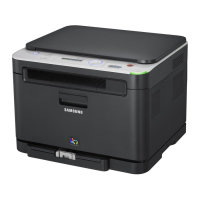

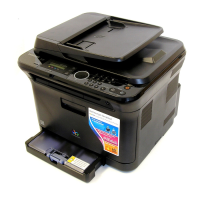



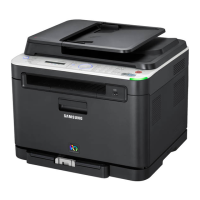
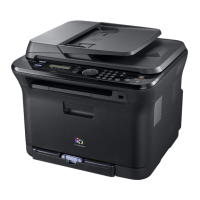


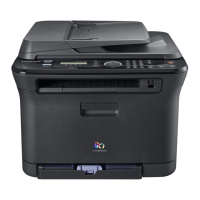
